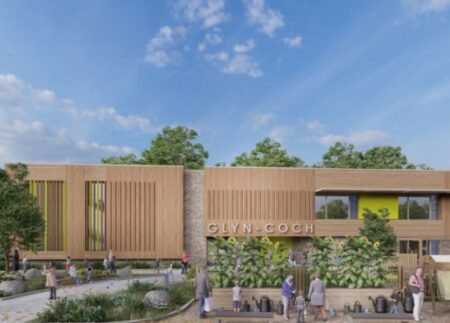Willmott Dixon wins Passivhaus primary school contract in Wales

Willmott Dixon has signed a contract with Rhondda Cynon Taf County Borough Council to deliver a new English medium primary school in Glyn-coch, South Wales, adding to its growing portfolio of Passivhaus projects.
The school will be built to Passivhaus sustainability standards as well as being net zero carbon in operation, with the stringent environmental standards also set to exceed current Welsh Government targets for reductions in embodied carbon for new schools.
Willmott Dixon was appointed via SEWSCAP to deliver the primary school and community hub development.
The facility will include a two-storey replacement school building on the current Craig yr Hesg Primary School site and adjoining land, along with two Multi Use Games Areas, a grass sports pitch and playgrounds, a car park with 43 spaces including EV charging bays, and bike/scooter/buggy storage to encourage sustainable travel.
The development will also feature three dedicated rooms for community use and a Welsh language Meithrin.
The project was awarded grant funding through the Welsh Government’s Sustainable Schools Challenge Project via the Sustainable Communities for Learning Programme in Spring 2023 and is one of only three projects in Wales to secure investment via this initiative.
A celebration event with a traditional turf-cutting ceremony marking the official start of construction was attended by Rhondda Cynon Taf Council cabinet members, the Minister for Further and Higher Education and Member of the Senedd for the Cynon Valley, Vikki Howells; and MP Alex Davies-Jones.
When completed by autumn 2026, the new building will welcome pupils from Cefn Primary and Craig yr Hesg Primary as a new English Medium primary school serving the Glyn-coch community.
Working with architect, Stride Treglown, the school and community hub will target multiple green credentials including Passivhaus Standard, Building With Nature accreditation, and the WELL Building Standard, which focuses on creating healthy environments for building users to support wellbeing.
The development will also include green technologies such as rain gardens and nature-based solutions to managing surface water.
